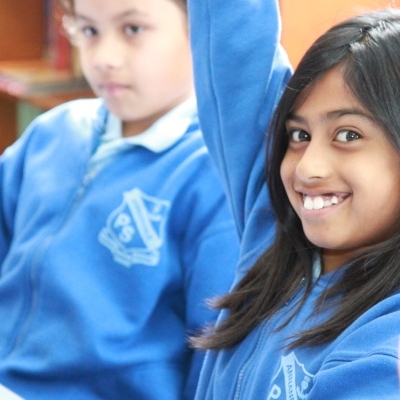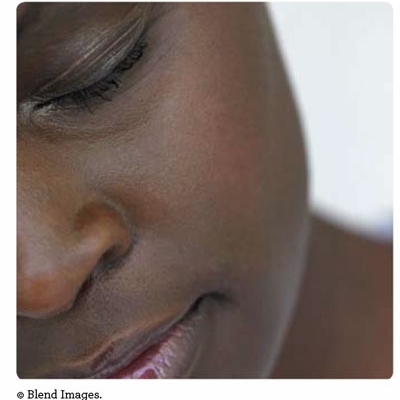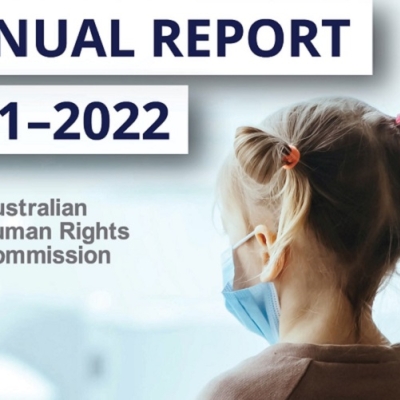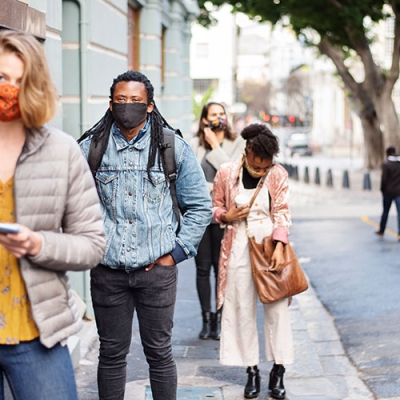Refine results
-
29 January 2013Book page
Appendix B – Scope of Research and Methodology
The findings and recommendations in this Report are based on an independent assessment of ADFA and a thorough examination of the significant amount of information gathered. From the outset, the Review consulted extensively. The research process has been designed to achieve maximum participation. The Review travelled nationally to consult with key stakeholders. Before conducting the… -
Legal14 December 2012Webpage
Inquiry into the Native Title Amendment Bill 2009
Submission by the Aboriginal and Torres Strait Islander Social Justice Commissioner to the Senate Standing Committee on Legal and Constitutional Affairs -
Sex Discrimination14 December 2012Publication
Report: Visit of the UN Special Rapporteur on violence against women
In April 2012, the current UN Special Rapporteur on violence against women, including its causes and consequences, Ms Rashida Manjoo, accepted an invitation to conduct a study tour to Australia. This was the first visit to Australia ever undertaken by the UN Special Rapporteur on violence against women -
14 December 2012Book page
Native Title Report 2000: Chapter 5: Implementing the amendments to the Native Title Act
In 1999 and 2000 the Committee on the Elimination of Racial Discrimination (the CERD Committee) and the Human Rights Committee (HRC) of the United Nations both criticised the 1998 amendments to the Native Title Act 1993 (the NTA) as limiting the rights of Indigenous people.(1) The committees found that the amendments were discriminatory and recommended that Australia either suspend implementation… -
Commission – General14 December 2012Speech
Reconciling human rights and counter-terrorism – a crucial challenge
I would like to acknowledge that we are meeting on the traditional country of the Girringun people and pay my respects to their elders past and present. -
14 December 2012Book page
Bringing them Home - Chapter 9
In 1863 the area now known as the Northern Territory came under the control of South Australia. By 1903 the whole area was leased to non-Indigenous people. As there were few non-Indigenous women, relationships between the Indigenous women and non-Indigenous men were relatively common. The consequence was a growing population of children of mixed descent who were usually cared for by their mothers… -
Legal14 December 2012Webpage
Information concerning Australia and the International Convention on the Elimination of All Forms of Racial Discrimination (ICERD) (2010)
Recommendation 2: That the proposed Joint Parliamentary Committee on Human Rights be empowered to make recommendations in relation to the implementation of ICERD Committee Concluding Observations. -
Aboriginal and Torres Strait Islander Social Justice12 February 2021Media Release
CLOSE THE GAP: We’re waiting but we will not be left wanting
The Close the Gap Campaign looks forward to seeing a comprehensive report on the refreshed targets for Closing the Gap by July. The campaign notes today’s announcement that the release of the Closing the Gap data has been pushed back to July in order to allow a full reporting year since the signing of the new National Agreement with the Coalition of Peaks on Closing the Gap. The Close the… -
Children's Rights3 February 2020Publication

Children’s Rights Report 2019
The Children’s Rights Report 2019 — In Their Own Right tells the story of how well children’s rights are protected and promoted across Australia. -
14 December 2012Book page
National Inquiry into Children in Immigration Detention
“I saw an Afghani guy cut his own throat in my compound – he was working with me in the kitchen that day, and after work, he went outside and he cut himself up everywhere. It was really hard. Even the officers started crying when this happened”. [17–year–old asylum-seeker] -
Disability Rights29 June 2015Publication
Overlooked Consumers – Australians with Disabilities and Older People
Every day, one in five Australians experiences difficulties or frustrations in performing everyday tasks with everyday things, such as consumer electronics and appliances. As technology develops, an increasing proportion of products are inaccessible to people with a range of different disabilities. These one-in-five Australians are what the author terms the ‘overlooked consumers’. -
Aboriginal and Torres Strait Islander Social Justice8 May 2019Media Release
Wiyi Yani U Thangani (Women’s Voices) funding announcement welcomed
The Aboriginal and Torres Strait Islander Social Justice Commissioner June Oscar AO has welcomed the announcement of new funding for the Wiyi Yani U Thangani (Women’s Voices) project. The Federal Minister for Indigenous Affairs Nigel Scullion today announced $1.7 million to support the second stage of the project, as part of the Fourth Action Plan of the National Plan to Reduce Violence… -
14 December 2012Book page
Chapter 2 - Introduction: Social Justice Report 2009
Indigenous imprisonment rates in Australia are unacceptably high. Nationally, Indigenous adults are 13 times more likely to be imprisoned than non-Indigenous people[1] and Indigenous juveniles are 28 times more likely to be placed in juvenile detention than their non-Indigenous counterparts.[2] -
14 December 2012Book page
HREOC REPORT NO. 37 (2007) - Report of an inquiry into Dr Julie Copeman’s complaint that Derbarl Yerrigan Health Service terminated her employment on the basis of her trade union activity
Pursuant to section 11(1)(d) of the Human Rights and Equal Opportunity Commission Act 1986 (Cth) ('HREOC Act'), I attach a report of my inquiry into a complaint made by Dr Julie Copeman. I have found that Dr Copeman's employment as a general medical practitioner was terminated by Derbarl Yerrigan Health Service (her employer) in circumstances that amounted to discrimination, and that such… -
Age Discrimination14 December 2012Publication
Age Discrimination: exposing the hidden barrier for mature age workers
Since the introduction of the Age Discrimination Act 2004 (Cth), experiences of age discrimination in employment among mature age workers have featured prominently in the complaints of age discrimination received by the Australian Human Rights Commission. In 2008-09, I undertook a series of consultations with peak bodies including age-based community groups, legal service providers, business… -
Race Discrimination14 December 2012Project

In our own words - African Australians: A review of human rights and social inclusion issues (2010)
In 2007, the former Race Discrimination Commissioner, Tom Calma, had a vision to develop a human rights initiative based on the experiences of African Australians, to inform future policy and programs. -
Education9 February 2021Webpage
Anti-racism training
Create a positive workplace culture by upskilling your team members in anti-racism, with online training from the organisation that developed Australia’s Racism. It Stops With Me campaign. -
Commission – General3 November 2022Publication

Annual Report 2021-2022
This Annual Report sets out the performance of the Australian Human Rights Commission in the 2021–2022 financial year. -
Rights and Freedoms29 July 2021Webpage

Face masks and federal discrimination law
At various times during the COVID-19 pandemic, state and territory governments in Australia have made it a requirement for people to wear a face mask in certain settings. The different rules and exemptions around face masks are set out in the relevant state and territory public health orders. The latest mask-wearing requirements can be found on the appropriate state and territory government… -
Legal14 December 2012Webpage
Submission: Sex Discrimination Amendment Bill (No 1) 2000 (Cth)
1.1 The amendments effected by the Sex Discrimination Amendment Bill (No 1) 2000 (Cth) ("the Amendment Bill") go to the core of the guarantee of non discrimination contained in the Sex Discrimination Act 1984 (Cth) ("the SDA"). 1.2 The provisions of the Amendment Bill are of great concern to the Human Rights and Equal Opportunity Commission ("the Commission") and the…
